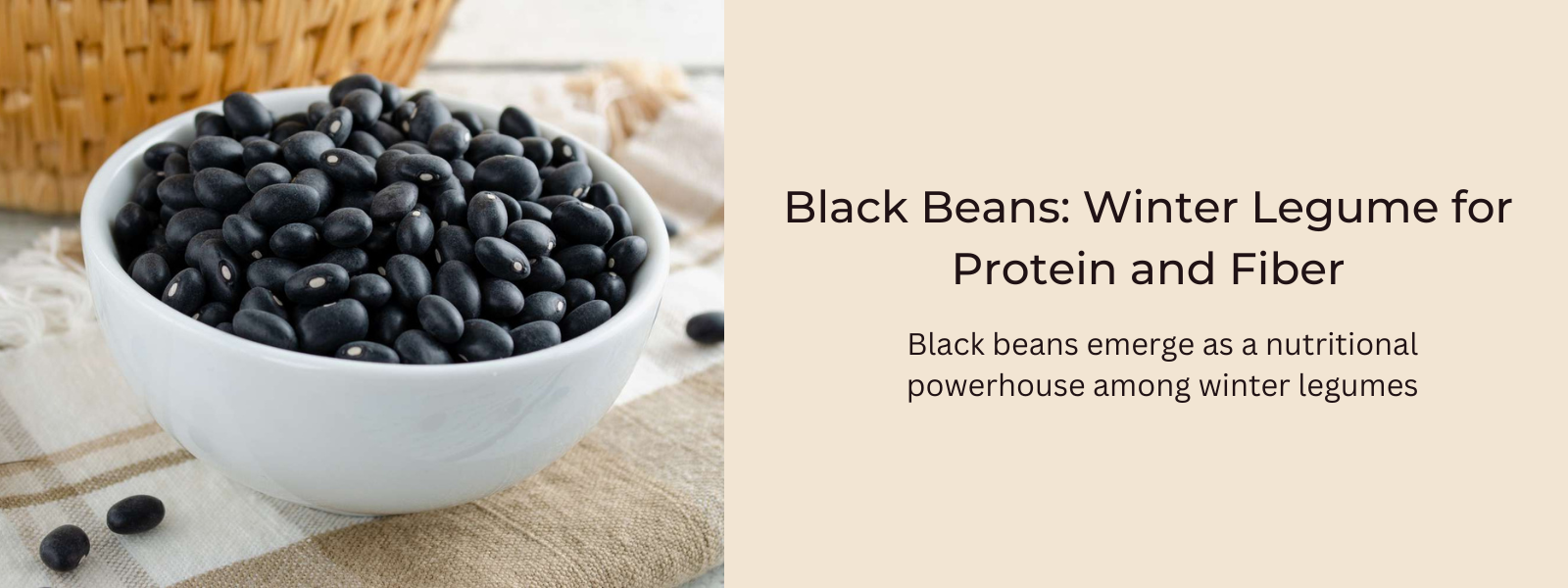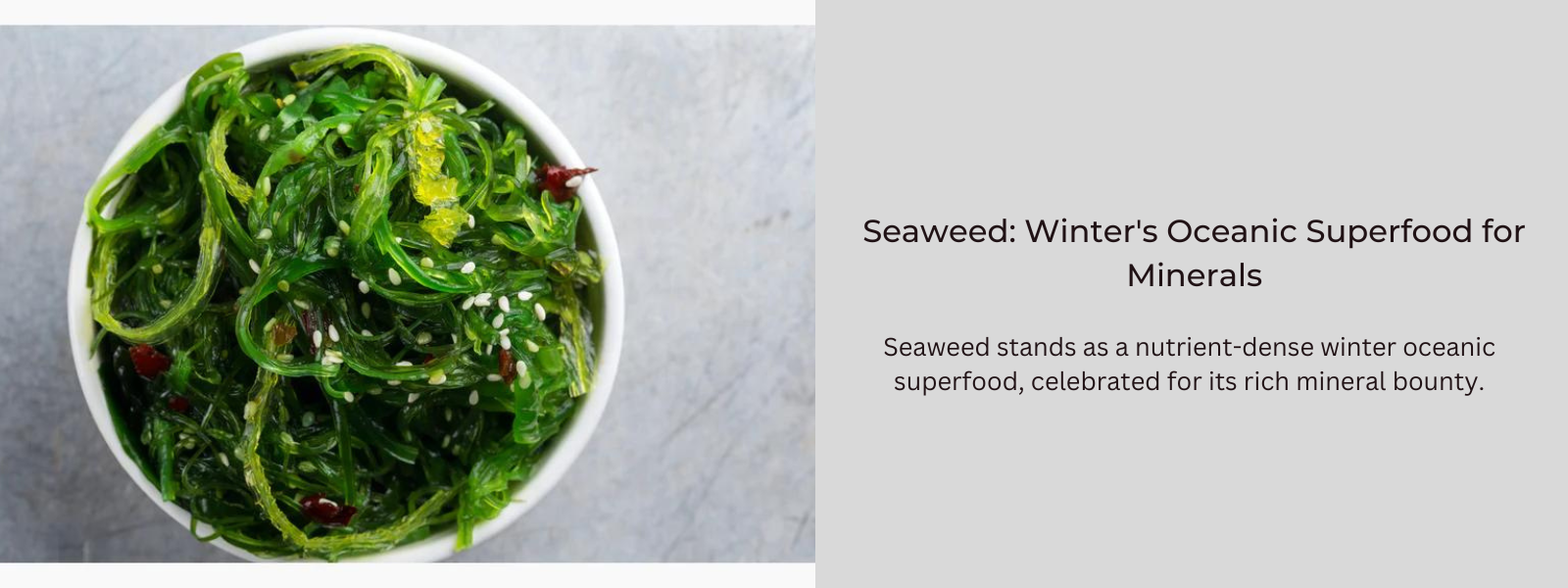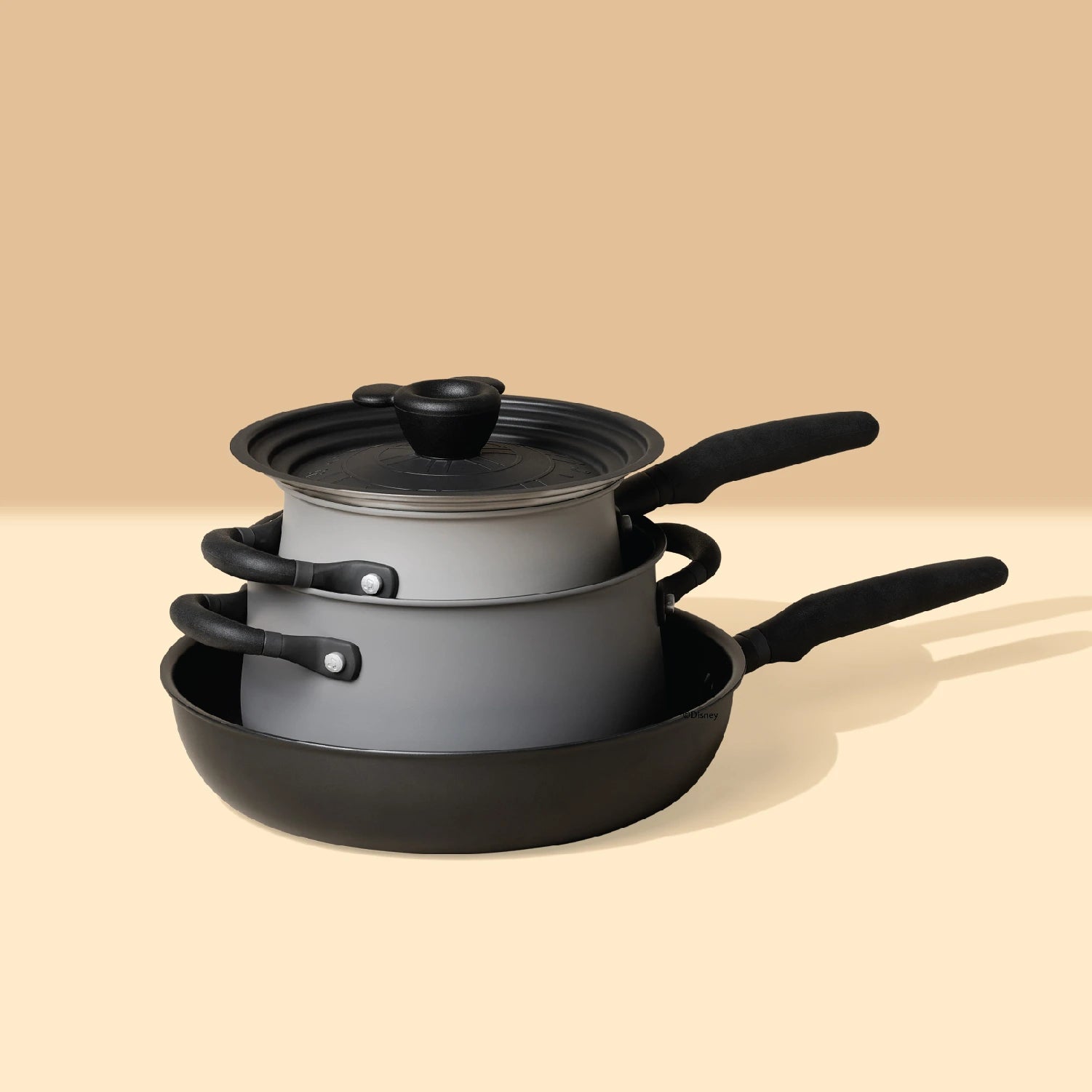Chickpeas emerge as a winter legume powerhouse, renowned for their exceptional provision of plant-based protein. These versatile legumes, also known as garbanzo beans, offer a robust source of protein crucial for muscle maintenance and overall bodily function, making them an invaluable staple in vegetarian and vegan diets. Beyond their protein prowess, chickpeas boast high fiber content, aiding digestion and promoting satiety, contributing to weight management and gut health during the winter months. Laden with essential vitamins and minerals like folate, iron, and manganese, they foster overall well-being and energy production. Their culinary adaptability, found in salads, soups, stews, hummus, and falafel, adds both nutrition and savory depth to winter dishes, making chickpeas an indispensable addition for a balanced and protein-rich diet during the colder season.
Table of Contents
Chickpeas As Winter Legume for Plant-Based Protein:
Chickpeas, also known as garbanzo beans, are a fantastic winter legume renowned for their plant-based protein content and numerous health benefits:
- Plant-Based Protein: Chickpeas are an excellent source of plant-based protein, making them a valuable component of vegetarian and vegan diets. Protein is crucial for muscle repair, growth, and overall body function.
- Rich in Fiber: They're high in dietary fiber, aiding in digestion, promoting gut health, and contributing to feelings of fullness, which may help in weight management.
- Vitamins and Minerals: Chickpeas contain essential vitamins and minerals like folate, iron, phosphorus, and manganese, contributing to overall health and energy production.
- Heart Health: The high fiber and low-fat content in chickpeas can potentially help lower cholesterol levels, benefiting heart health.
- Versatile in Cooking: Chickpeas are incredibly versatile and can be used in various recipes, including salads, soups, stews, curries, and as the main ingredient in dishes like hummus and falafel.
- Blood Sugar Regulation: Their high fiber and protein content may aid in regulating blood sugar levels, which is beneficial, especially during the winter months when there may be more indulgence in higher sugar foods.
- Sustainable and Affordable: Chickpeas are cost-effective and have a relatively long shelf life, making them an accessible and sustainable source of nutrition.
What Is Chickpea?
Chickpeas, scientifically known as Cicer arietinum, are edible legumes belonging to the Fabaceae family. These round, beige-colored legumes have a nutty flavor and a slightly grainy texture. They are a staple ingredient in various cuisines worldwide, particularly in Mediterranean, Middle Eastern, and Indian cooking.
Chickpeas come in two main varieties:
- Desi Chickpeas: Smaller, darker seeds with a rough coat, primarily grown in South Asia and have a more earthy flavor.
- Kabuli Chickpeas: Larger, lighter-colored seeds with a smoother coat, commonly found in the Mediterranean and Western countries. They have a creamier texture and a milder taste.
Chickpeas are highly nutritious, rich in plant-based protein, dietary fiber, vitamins (such as folate and vitamin K), and minerals (including iron, phosphorus, and manganese). They are versatile in culinary applications, used in dishes like hummus, falafel, salads, soups, stews, and curries, providing not only a rich flavor but also a wealth of nutrients essential for a balanced diet.
Importance Of Plant-Based Protien:
Plant-based protein holds significant importance for various reasons:
- Nutritional Benefits: Plant-based proteins offer an array of essential nutrients, including fiber, vitamins, minerals, and antioxidants, promoting overall health and well-being. They provide a wide spectrum of nutrients compared to some animal protein sources.
- Heart Health: Plant-based proteins are generally lower in saturated fats and cholesterol than animal-based proteins. Consumption of plant-based proteins has been linked to reduced risks of heart disease and stroke.
- Weight Management: Many plant-based protein sources are high in fiber and lower in calories, aiding in satiety and potentially supporting weight management goals.
- Digestive Health: Foods rich in plant-based protein, such as legumes, nuts, seeds, and certain grains, are often high in dietary fiber, which supports healthy digestion and gut health.
- Environmental Sustainability: Plant-based proteins typically have a lower environmental impact than animal-based proteins. Their production often requires fewer resources like water and land and generates fewer greenhouse gas emissions.
- Diverse Options: There is a wide variety of plant-based protein sources, allowing for a diverse and flexible diet. Legumes (like beans, lentils, and chickpeas), nuts, seeds, tofu, tempeh, quinoa, and certain grains are excellent sources of plant-based proteins.
Uses Of Chickpeas In Indian Cuisine:
Chickpeas, known as "chana" or "chhole" in Hindi, are a beloved ingredient in Indian cuisine and are used in various dishes.
Here are some popular ways chickpeas are used in Indian cooking:
- Chana Masala: A flavorful and spicy dish made with chickpeas cooked in a tomato-based gravy with onions, garlic, ginger, and aromatic spices like cumin, coriander, garam masala, and turmeric.
- Chole Bhature: This is a popular North Indian dish consisting of spicy chickpea curry (chole) served with deep-fried bread called bhature. It's often accompanied by pickles and onions.
- Chaat: Chickpeas are a key component in various chaat dishes, such as Chana Chaat, where boiled chickpeas are mixed with chopped onions, tomatoes, green chilies, spices, and tangy chutneys for a flavorful street snack.
- Hummus: While hummus is not originally Indian, it has gained popularity and is made using chickpeas, tahini, garlic, lemon juice, and olive oil, often served as a dip or spread with bread or vegetables.










Leave a comment